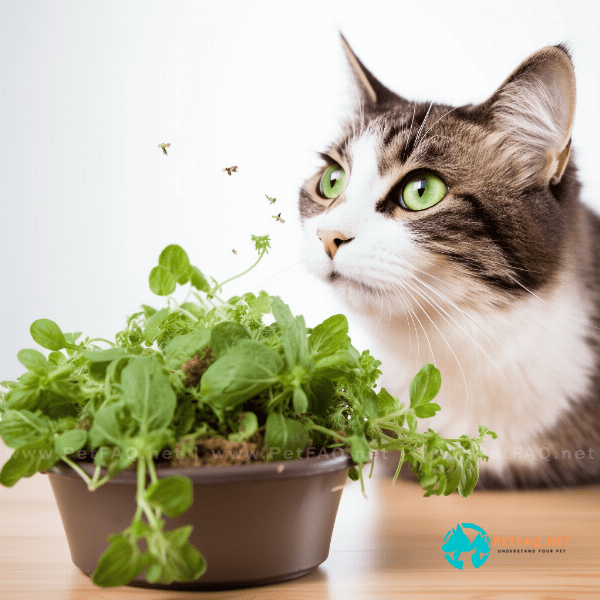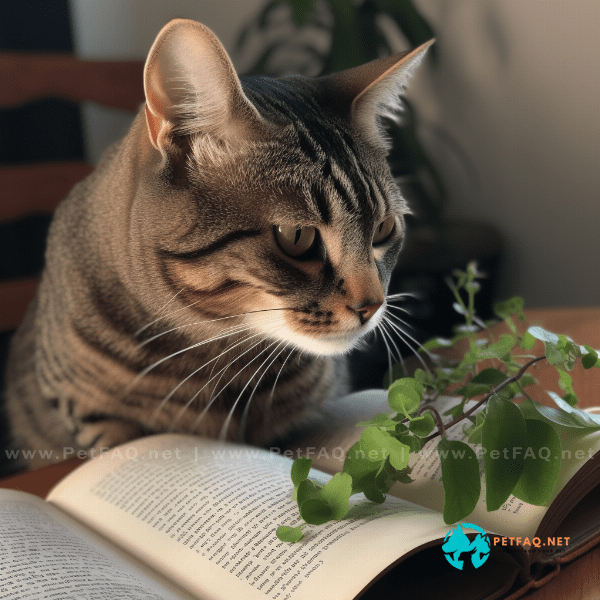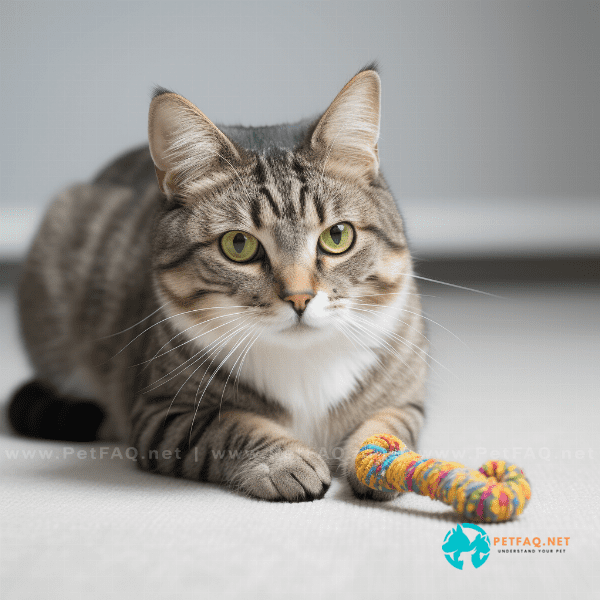Table of Contents
- What is catnip and how does it affect cats?
- The Science Behind Catnip and Hyperactivity in Cats
- Catnip and Its Effects on Feline Behavior
- Can Catnip Cause Hyperactivity in Cats?
- How to Safely Use Catnip with Your Cat
- Alternative Ways to Calm a Hyperactive Cat
- When to Seek Veterinary Help for Hyperactivity in Cats.
What is catnip and how does it affect cats?
Catnip, also known as Nepeta cataria, is a herb belonging to the mint family that is native to Europe, but it is also found in North America. This plant contains a chemical called nepetalactone, which is known to produce a euphoric response in cats. When a cat smells catnip, the nepetalactone stimulates receptors in the cat’s olfactory system, which then sends signals to the brain to release a variety of chemicals, including dopamine, which creates a feeling of pleasure.
The effects of catnip on cats can vary. Some cats will become more active, playful, and energetic, while others may become more relaxed and calm. It’s estimated that around 70% of cats will respond to catnip, and the reaction usually lasts for 5-15 minutes. After this time, cats will typically become desensitized to the nepetalactone, and the effects will wear off.
It’s important to note that while catnip is generally considered safe for cats, too much of it can cause gastrointestinal upset, vomiting, and diarrhea. Additionally, not all cats respond to catnip, and some cats may have adverse reactions, such as aggression or anxiety. Therefore, it’s always best to introduce catnip gradually and monitor your cat’s response closely. Overall, catnip can be a fun and enjoyable treat for your feline friend, but it’s essential to use it in moderation and with caution.
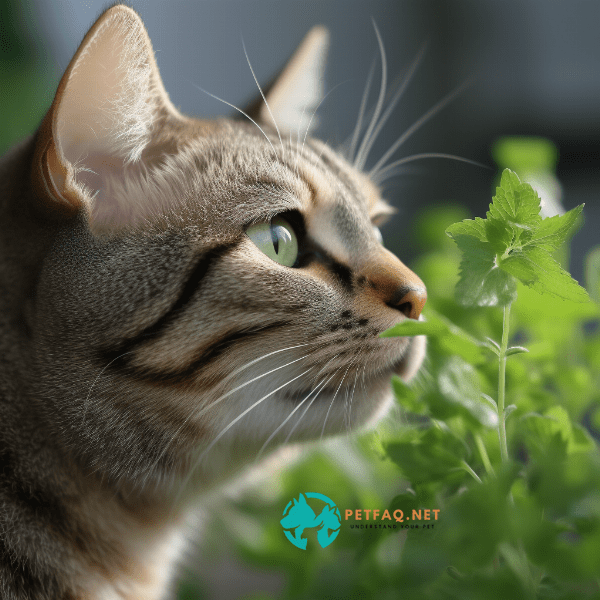
The Science Behind Catnip and Hyperactivity in Cats
The science behind catnip and its effects on cats has been the subject of numerous studies. The active ingredient in catnip, nepetalactone, is known to interact with the olfactory system in cats, specifically with the vomeronasal organ, which is responsible for detecting pheromones. When a cat smells catnip, nepetalactone binds to receptors in the vomeronasal organ, which sends signals to the brain’s hypothalamus, amygdala, and other regions involved in emotions and behavior.
Studies have shown that the effects of catnip on cats are similar to those of a mild hallucinogen, such as LSD. Catnip has been found to activate reward pathways in the brain, leading to increased levels of dopamine, which is associated with pleasure and reinforcement. This surge of dopamine is what leads to the characteristic hyperactive behavior that some cats display after smelling or ingesting catnip.
In summary, the science behind Catnip and Hyperactivity in Cats is complex and still not fully understood. However, it is clear that nepetalactone, the active ingredient in catnip, interacts with the olfactory system and the brain’s reward pathways to produce a range of effects on cats, including hyperactivity, relaxation, and altered behavior.
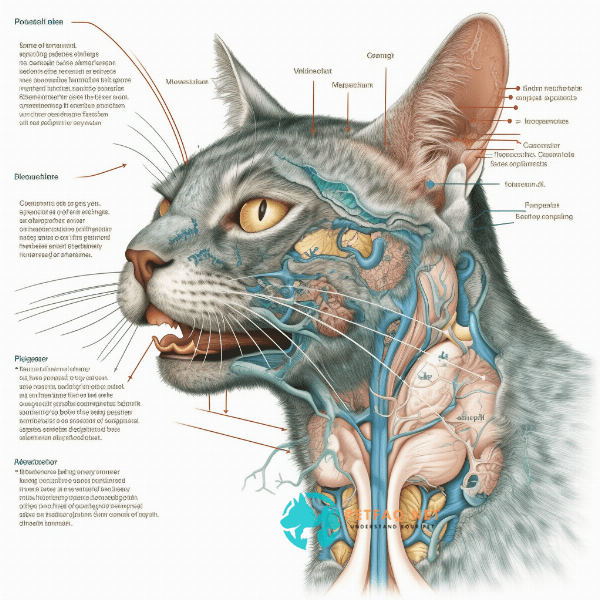
Catnip and Its Effects on Feline Behavior
Catnip has a range of effects on feline behavior, including hyperactivity, increased playfulness, rolling, rubbing, and purring. After smelling or ingesting catnip, some cats may also become more vocal or show increased affection towards their owners.
One of the most commonly observed behaviors associated with catnip is hyperactivity. This can manifest as zooming around the room, rolling, and generally appearing more energetic and excitable. This behavior is thought to be related to the surge of dopamine that catnip triggers in the brain’s reward pathways.
In addition to hyperactivity, catnip can also induce a more relaxed and contented state in some cats. This can be characterized by lounging, rolling, and rubbing against objects. The relaxation effect is believed to be linked to the release of endorphins, which are natural painkillers and mood enhancers.
Overall, catnip can have a range of effects on feline behavior, and the specific response can vary between individuals. Some cats may not respond to catnip at all, while others may become more aggressive or anxious. It’s important to monitor your cat’s behavior closely when introducing catnip and to use it in moderation to avoid any adverse effects.
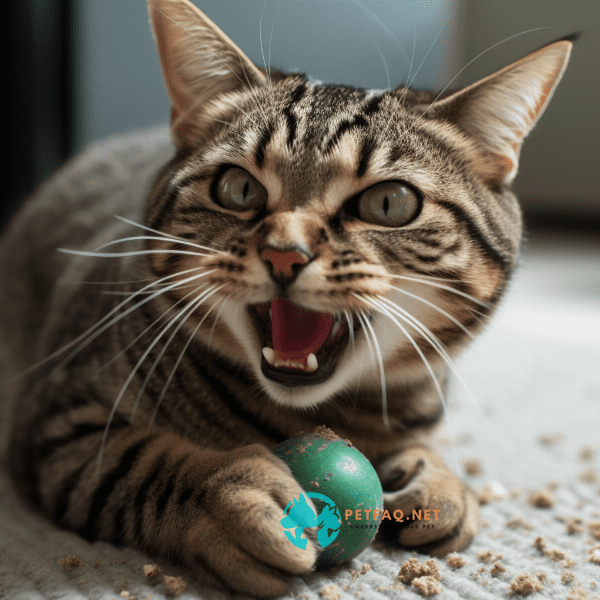
Can Catnip Cause Hyperactivity in Cats?
Yes, catnip can cause hyperactivity in some cats. The active ingredient in catnip, nepetalactone, triggers a response in the cat’s brain that can cause a surge of energy and excitement, leading to increased activity levels and hyperactive behavior. This can manifest as zooming around the room, jumping, and generally appearing more playful and energetic.
It’s important to note that not all cats will respond to catnip in this way, and the specific response can vary between individuals. Some cats may become more relaxed or sedated, while others may become more aggressive or anxious. The response to catnip is thought to be influenced by genetics and individual sensitivity to nepetalactone.
Additionally, it’s important to use catnip in moderation and to monitor your cat’s behavior closely. While catnip is generally considered safe for cats, too much of it can cause gastrointestinal upset, vomiting, and diarrhea. It’s also important to avoid using catnip as a substitute for regular exercise and playtime, as this can lead to obesity and other health issues.
Overall, while catnip can cause hyperactivity in some cats, it can also have a range of other effects on feline behavior, including relaxation and increased affection. As with any treat or toy, it’s important to use catnip responsibly and to monitor your cat’s behavior to ensure their health and wellbeing.
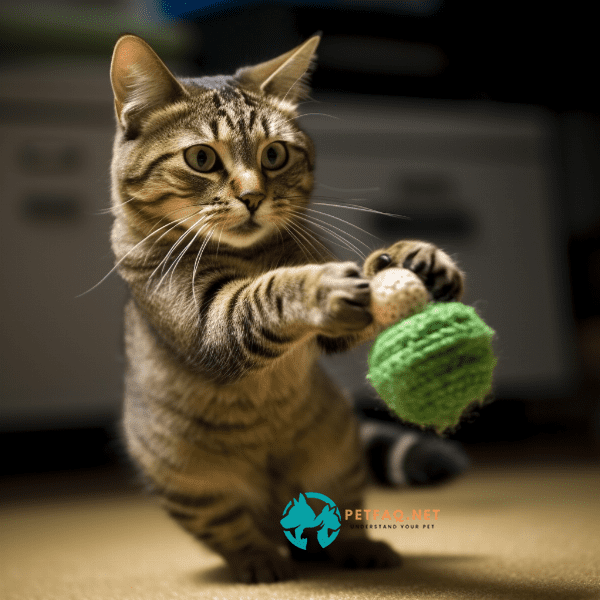
How to Safely Use Catnip with Your Cat
Catnip can be a great way to provide your cat with some stimulation and entertainment, but it’s important to use it safely to ensure your cat’s health and wellbeing. Here are some tips for safely using catnip with your cat:
1. Choose high-quality catnip: Look for organic, high-quality catnip that is free of pesticides and other harmful additives.
2. Use in moderation: While catnip is generally considered safe for cats, using it in excess can lead to gastrointestinal upset, vomiting, and diarrhea. Use it sparingly and only when your cat is supervised.
3. Monitor your cat’s behavior: Some cats may become hyperactive or aggressive after using catnip, while others may become more relaxed and content. Observe your cat’s behavior closely to ensure they are responding well to the catnip and not showing any signs of distress.
4. Don’t use as a substitute for playtime: Catnip can be a great way to provide your cat with some stimulation, but it’s important to remember that it should not be used as a substitute for regular playtime and exercise. Make sure your cat is getting plenty of opportunities to play and exercise throughout the day.
5. Store properly: Catnip loses its potency over time, so make sure to store it in an airtight container in a cool, dry place to ensure it remains fresh.
In summary, catnip can be a safe and fun way to provide your cat with some stimulation and entertainment. By using it in moderation, monitoring your cat’s behavior, and providing plenty of opportunities for play and exercise, you can ensure your cat’s health and wellbeing while enjoying the benefits of this natural feline stimulant.
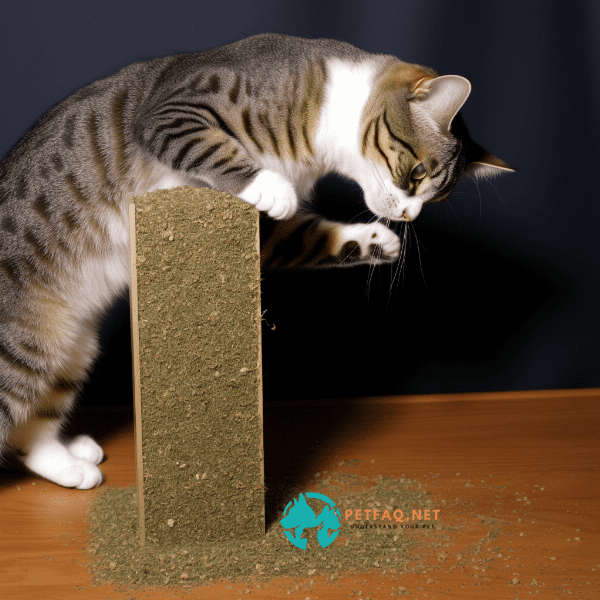
Alternative Ways to Calm a Hyperactive Cat
While catnip can be a great way to stimulate and entertain your cat, it’s not the only option for calming a hyperactive cat. Here are some alternative ways to calm a hyperactive cat:
1. Interactive toys: Toys that require your cat to chase, pounce, and play can be a great way to burn off excess energy and provide mental stimulation. Try interactive toys like puzzle feeders or laser pointers to engage your cat in playtime.
2. Regular exercise: Regular exercise is important for your cat’s physical and mental health, and can help burn off excess energy. Provide your cat with plenty of opportunities to play and exercise, such as climbing trees or chasing toys.
3. Relaxing scents: Certain scents, like lavender or chamomile, can have a calming effect on cats. Try using a cat-safe aromatherapy diffuser or spraying a relaxing scent on your cat’s bedding to help calm them down.
4. Safe spaces: Provide your cat with a safe and comfortable space where they can retreat when they’re feeling anxious or overstimulated. This can be a cozy bed or a designated room where they can relax and unwind.
5. Behavioral training: In some cases, hyperactivity in cats may be related to behavioral issues like anxiety or aggression. Consider consulting with a veterinarian or animal behaviorist to address any underlying behavioral problems.
Overall, there are many alternative ways to calm a hyperactive cat that don’t involve catnip. By providing your cat with plenty of opportunities for exercise and play, using relaxing scents, and creating a safe and comfortable environment, you can help your cat feel calm and contented.
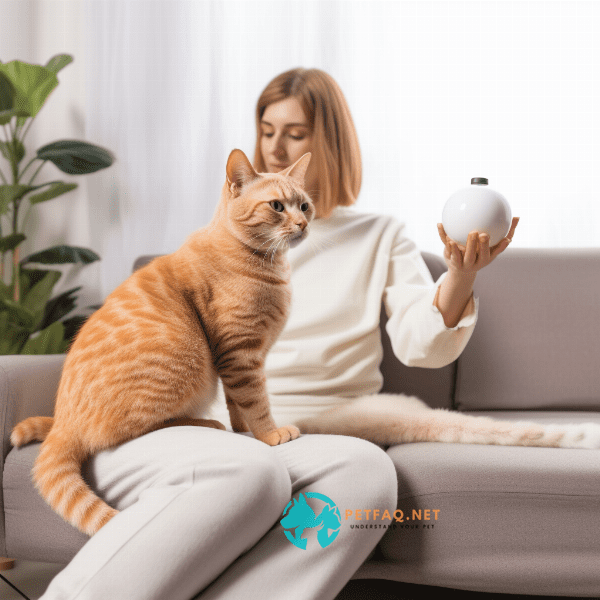
When to Seek Veterinary Help for Hyperactivity in Cats.
Hyperactivity in cats is a common behavior and can be caused by a variety of factors, including excessive energy, boredom, anxiety, or health problems. In some cases, hyperactivity in cats can be normal, but it’s important to be aware of when to seek veterinary help.
If your cat suddenly develops hyperactive behavior or shows signs of distress, such as excessive panting, vomiting, or diarrhea, it’s important to seek veterinary help immediately. These symptoms may be indicative of an underlying health issue that needs prompt attention.
Additionally, if your cat’s hyperactive behavior is ongoing and is affecting their quality of life or causing damage to your home, it may be time to consult with your veterinarian. Your veterinarian can help assess your cat’s behavior and recommend appropriate interventions, such as behavioral training or medication, to help manage hyperactivity and improve your cat’s overall wellbeing.
In some cases, hyperactivity in cats may be a symptom of an underlying medical condition, such as hyperthyroidism or neurological disorders. Your veterinarian can perform a thorough examination and run diagnostic tests to identify any underlying health issues and develop a treatment plan.
In summary, if your cat’s hyperactivity is causing concern or distress, it’s important to seek veterinary help. By working with your veterinarian, you can identify any underlying health issues and develop an appropriate plan to help manage your cat’s behavior and improve their overall health and wellbeing.
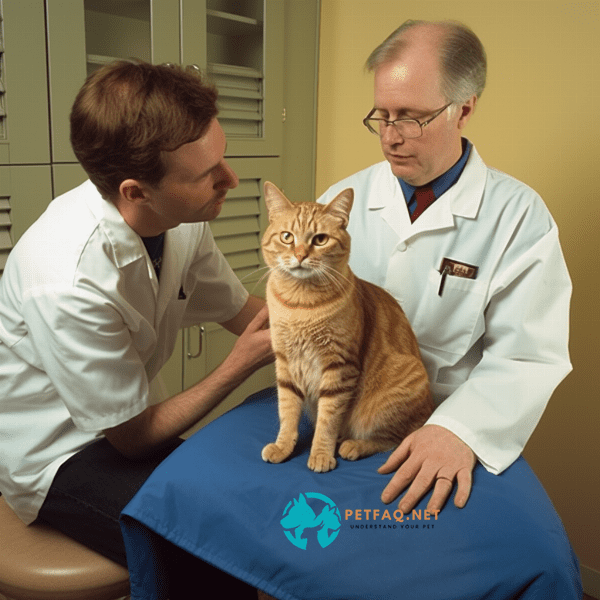
Frequently Asked Questions (FAQs) about Catnip and hyperactivity in cats:
1. Does the age or breed of a cat affect how they respond to catnip?2. Are there any risks to giving catnip to indoor cats who may not get as much exercise as outdoor cats?
3. Can all cats be affected by catnip, or only some?
4. How much catnip should be given to a cat?
5. Can all cats be affected by catnip, or only certain breeds?

